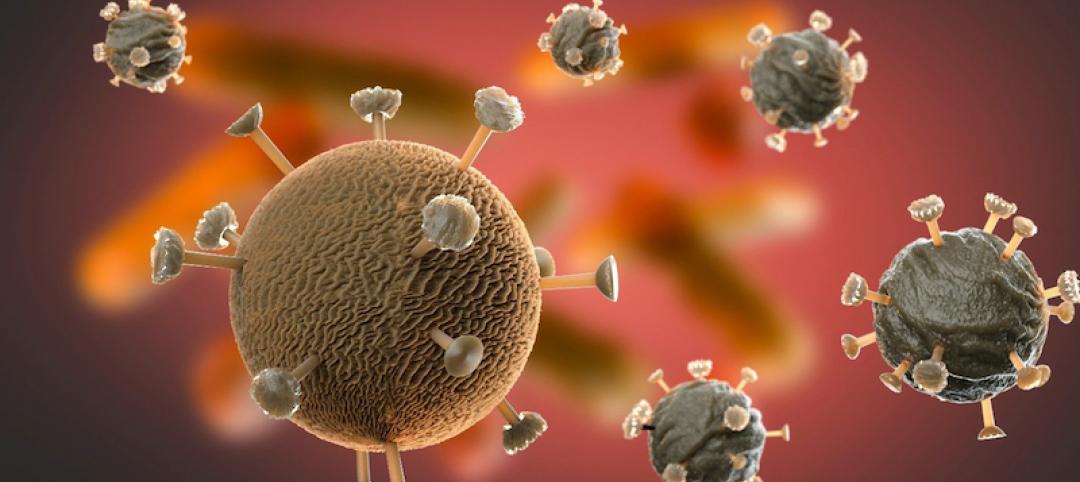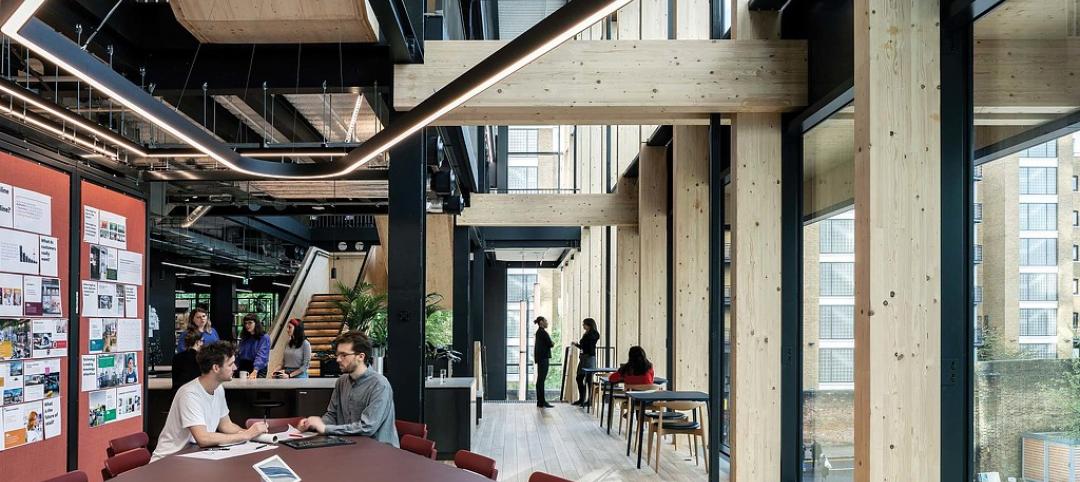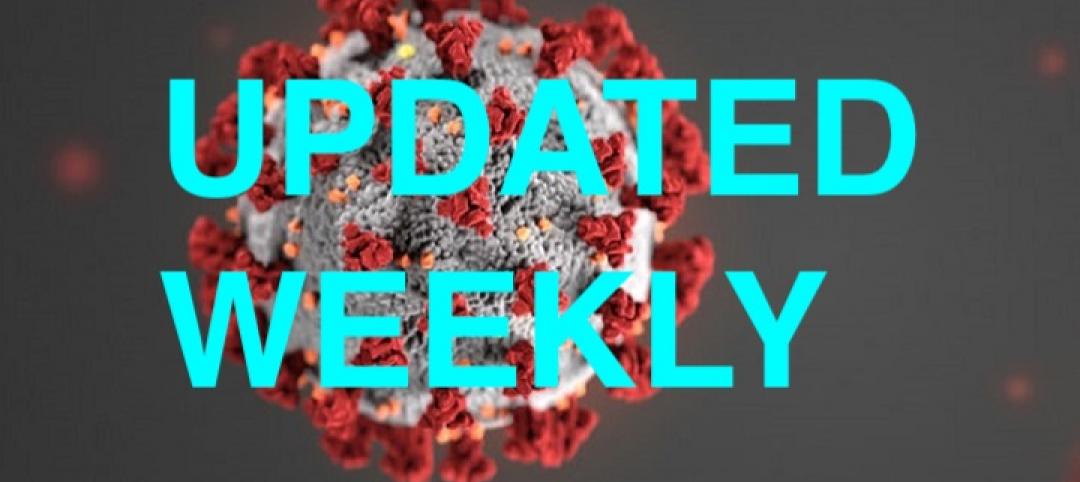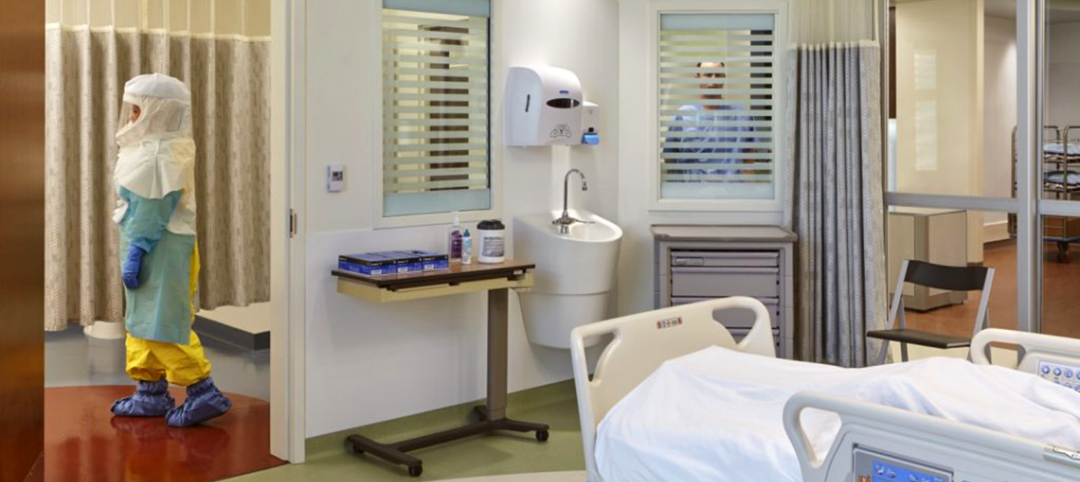Many contractors are asking themselves how social distancing can be executed practically on jobsites so their workers can operate safely. As expected, products are starting to emerge that address these concerns.
For example, SmartVid.io, according to industry news reports, has paired computer vision with its artificial intelligence interface, known as Vinnie, to identify workers who might be working too closely to each other or in packs larger than 10, which would violate OSHA’s social distancing guidelines.
Triax Technologies, which specializes in Internet of Things (IoT) worksite platforms, has launched Proximity TraceTM, an IoT system that provides social distancing alerts and contact tracing—identifying workers with whom confirmed COVID-19 cases came into contact over a period of time—through a wearable device.
The device, which can be attached to a hardhat or worn on the user’s body with a lanyard, offers added protection for essential workers during the pandemic, and can help contractors get their field employees back to work safety.
“Our solution is designed to ease the burden on workers to maintain appropriate distances as part of new safety practices that very well could become the next normal,” says Robert Costantini, Triax’s CEO.
Glibane Building Company, one of the industry’s leading GCs, is in the process of rolling out Proximity Trace devices to its active jobsites. “Worker safety is our top priority, so we were thrilled to hear that our technology partner Triax developed a solution to address the social distancing and contact tracing problems the industry is facing during COVID-19,” says Jason Pelkey, Gilbane’s senior vice president and Chief Information Officer.
The system’s details include:
•TraceTag, a real-time audible alert for close contact interactions, which the device records for contact tracing. The device’s rechargeable battery has weeks, even months, of battery life.
•Cellular gateways for logging headcount and attendance. These data are transmitted to the company’s cloud.
•A real-time audible alert and flashing red LED that activate when worker interaction is registered. This function can be turned off for contact tracing only. And an escalation alert beeps for timely distance correction.
•A data dashboard for worker profile management, device management and administration, and for producing contact tracing reports. The data include timestamps, the duration of interaction, and number of participants.
Proximity Trace does not rely on a client’s WiFi or internet service.
Triax states that its goals for Proximity Trace are to provide a proactive system to support and condition workers to comply with social distancing guidelines. The system can help companies passively collect worker interactions and duration to automate and digitize contact tracing. The system provides information needed to guide COVID-19 protocols at essential facilities. And it supports companies’ efforts to limit the spread of infection by identifying so-called “Subject 1” candidates who have been in contact with people whose COVID-19 exposure is confirmed.
Related Stories
Coronavirus | Mar 16, 2020
Effective remote workforce: Key steps and strategies for success
As the potential scope of the COVID-19 outbreak has become more clear in the United States and Canada, public and private organizations from all industries, sectors and geographies are encouraging their teams to work remotely to reduce the spread of the virus.
Coronavirus | Mar 16, 2020
Coronavirus and the water cycle—here is what treatment professionals need to know
As the global health community tracks the spread of this virus, it’s important for water and wastewater professionals to keep updated on potential impacts.
Coronavirus | Mar 15, 2020
Designing office building lobbies to respond to the coronavirus
Touch-free design solutions and air purifiers can enhance workplace wellness.
Coronavirus | Mar 15, 2020
In the face of the coronavirus, workplace wellness is key
Here are a few considerations employers should keep in mind in creating plans for a healthy and effective work environment.
Coronavirus | Mar 13, 2020
AEC business impacts from COVID-19: We want your input!
The BD+C editors would like to hear from you on how your firm is handling business operations and projects during the coronavirus outbreak.
Coronavirus | Mar 13, 2020
COVID-19 and real estate: How the coronavirus is impacting the AEC industry
Here's the latest news BD+C editors are tracking on COVID-19's impact on the AEC industry and the real estate market.
Coronavirus | Mar 11, 2020
A look at how U.S. hospitals are designed to battle infectious diseases like coronavirus
Some health systems can use telehealth and video visits to asses and triage patients before they arrive at a hospital.














